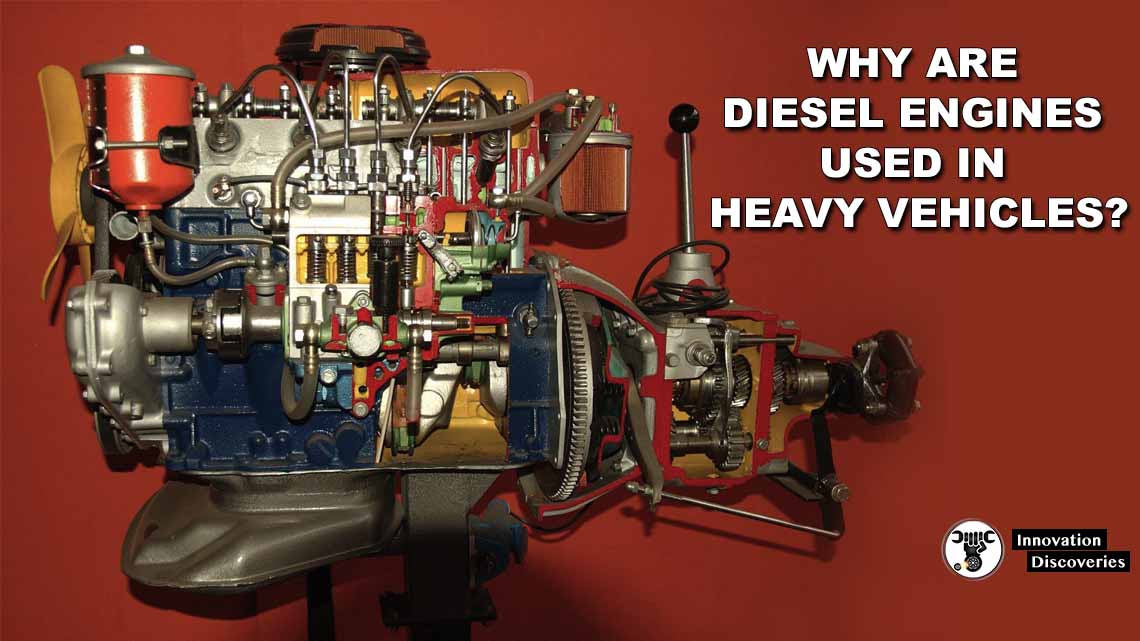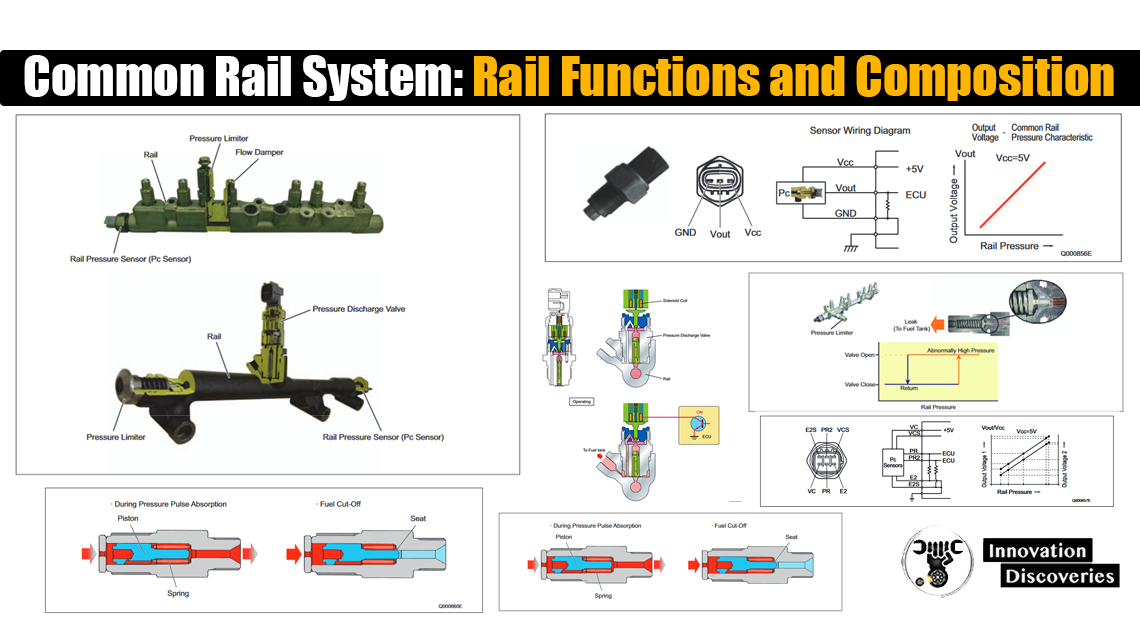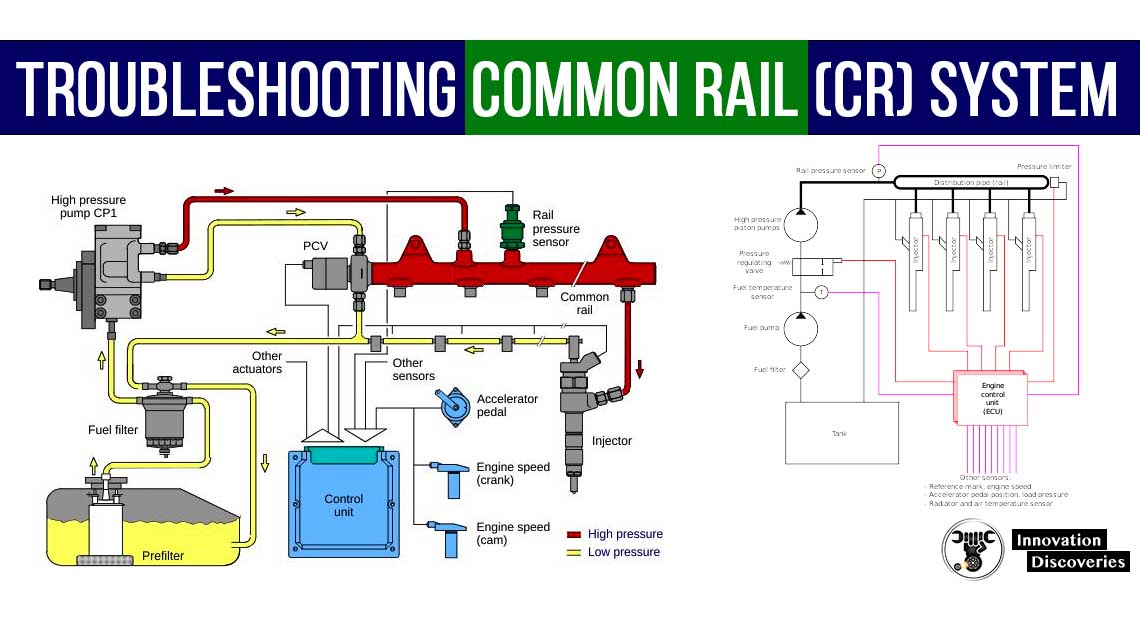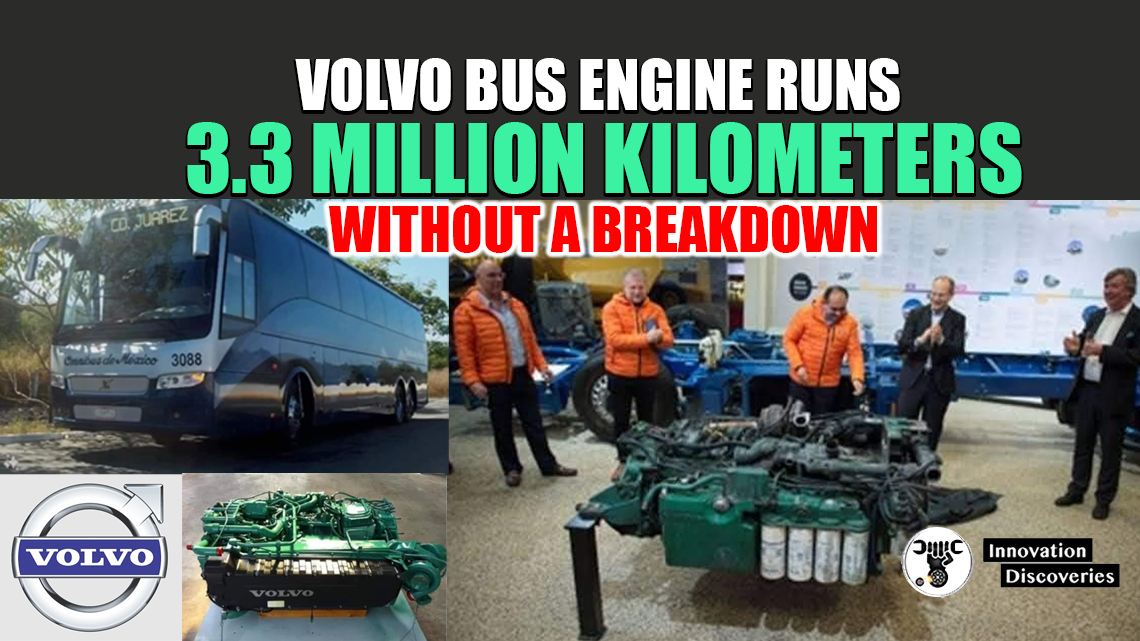
Volvo Bus Engine Runs 3.3 Million Kilometers Without a Breakdown: A New Benchmark in Transport Engineering
In the demanding world of road transport, engines are pushed to their limits every day. But one Volvo bus engine has rewritten the rules of durability — clocking an astounding 3.3 million kilometers without requiring any corrective maintenance. Yes, you read that right — no breakdowns, no overhauls, and no downtime for over a decade.
This milestone isn’t just impressive — it’s historic. It proves how far engine design, maintenance, and real-world reliability have come, especially from a brand like Volvo, known for setting industry standards.
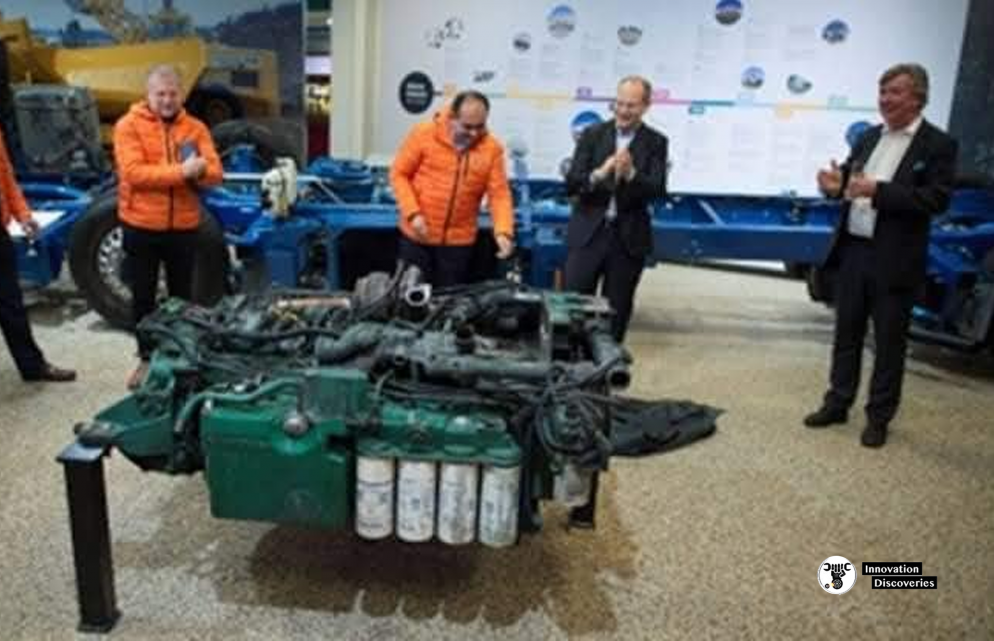


🌎 The Route That Built a Legend
This record-setting engine wasn’t sitting in a showroom. It was on the road, day in and day out, powering a passenger bus along one of Mexico’s longest and most demanding routes — between Mexico City and Ciudad Juárez.
The vehicle reportedly operated an average of 15 hours per day for over 10 and a half years, covering long distances in diverse terrain and extreme temperatures. Despite this, the engine kept running without a single major repair.
It’s a real-world example of how advanced engineering combined with responsible maintenance can deliver unmatched performance.
🛠 What Makes This Engine So Special?
The engine used in this bus is considered the predecessor of Volvo’s current DC13 series — the heart of models like the Volvo B13R and the Volvo 9800, both of which are well-known in the Latin American commercial transport market.
Key highlights of this powerhouse engine include:
- Superior fuel efficiency, reducing long-term operating costs
- Exceptional heat and stress resistance, ideal for long-distance applications
- Tough internal components built to handle years of heavy-duty use
- Advanced engineering precision, minimizing wear over time
The bus’s operating company, Omnibus de México, followed strict preventive maintenance routines, which clearly played a critical role in extending the engine’s life.
🏅 Honored by Volvo: A Piece of Automotive History
To celebrate this exceptional achievement, Volvo Buses held a special recognition event. A commemorative plaque was unveiled in honor of the engine — one of the most enduring in the company’s global history.
And it didn’t stop there. The engine has now earned a permanent place in the Volvo Museum in Gothenburg, Sweden, where it stands among other historic milestones of the brand, dating back to 1927.
Visitors can now see this legendary engine on display — a true symbol of engineering excellence, endurance, and performance.
📈 Why This Matters to the Transport Industry
For bus operators, fleet managers, and commercial transport companies, the impact of such an engine is huge:
- Lower maintenance costs
- Minimized downtime
- Higher profitability through longer service life
- Fewer environmental impacts from part replacements and waste
In an industry where engines typically need major repairs or overhauls after 1 million km, pushing past 3.3 million km without failure redefines what’s possible.
🔧 A Partnership of Technology and Discipline
This story also highlights something often overlooked: longevity isn’t just about the machine — it’s about how you treat it.
The success of this Volvo engine was not only due to its design but also the discipline of scheduled maintenance, skilled handling by drivers, and the use of genuine parts.
In short, machines perform best when respected — and this is proof.
🔍 Related SEO Keywords in This Article:
- Volvo bus engine 3.3 million kilometers
- high mileage Volvo engine
- preventive maintenance for commercial vehicles
- Volvo DC13 engine
- bus engine durability
- long-distance travel engines
- Volvo 9800 bus engine performance
- record mileage in transportation industry
- heavy-duty diesel engine longevity
- Volvo museum engine display
🏁 Final Thoughts
This isn’t just a success story — it’s an engineering milestone. A Volvo engine that ran 3.3 million kilometers without corrective maintenance proves that with the right mix of technology, discipline, and care, vehicles can achieve longevity once thought impossible.
In a time when sustainability and reliability matter more than ever, this achievement is a shining example of what’s possible when manufacturers and operators work hand-in-hand toward excellence.
Discover More:
Read More About Common Rail System
Visit Forum
Visit Our Friendly Website


